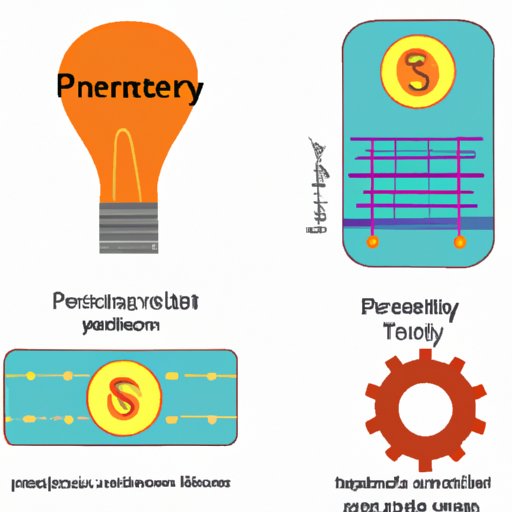What If I Have an Idea for an Invention? How to Bring Your Idea to Life
Do you ever have a moment where an idea pops into your head, and you just know it’s the perfect invention? The feeling of excitement and possibility can be indescribable. However, it’s important to know that having an idea for an invention is just the first step. In this comprehensive guide, we will outline the steps involved in turning your invention idea into a reality.
How to Turn Your Invention Idea into a Reality: A Comprehensive Guide
Before jumping into creating a prototype or filing for a patent, it’s important to research the market and determine the potential success of your invention. A great product with no market is unfortunately still a failure. Conducting market research allows you to understand your potential customers, identify competitors, and see if there is a demand for your invention.
Once you have determined the potential success of your invention, the next step is to create a prototype and thoroughly test it. This will help identify any flaws or weaknesses that need to be addressed before the product can be successfully launched.
Lastly, it’s important to patent your invention to protect your intellectual property. A patent gives you the exclusive right to produce, sell, and profit from your invention. Without a patent, anyone can copy or steal your idea, preventing you from profiting from your hard work.
The Dos and Don’ts of Patenting Your Invention Idea
Before filing for a patent, conducting a patent search is crucial to ensure that your idea is original and can be patented. You don’t want to spend time and money on a patent application that ultimately gets rejected because someone else has already patented a similar product.
There are also different types of patents available, such as utility patents, design patents, and plant patents. It’s important to understand which type of patent is best for your invention and to follow the correct filing process.
Common mistakes to avoid when patenting your invention idea include failing to properly describe or illustrate the invention, failing to disclose important information, and not providing sufficient evidence of usefulness or practical application.

From Idea to Market: Steps to Launching Your Invention
Creating a solid business plan and marketing strategy is crucial to launching your invention successfully. It’s important to identify your target market, understand their needs, and create a marketing plan tailored to their interests.
The next step is to manufacture and distribute your product to the market. This often involves finding the right manufacturer, negotiating pricing, and establishing distribution channels.
Lastly, it’s important to continually refine your invention to meet the needs of your customers. Staying up to date with the latest trends and innovations in your industry can help you stay ahead of the competition and keep your customers happy.
Innovation Station: Tips and Tricks for Nurturing Your Invention Idea
Brainstorming and refining your invention idea is a crucial part of the invention process. Staying organized and focused can help you stay on track and make progress towards your goals. It’s also important to seek feedback and incorporate that feedback into your invention to improve its overall quality and success potential.
Funding Your Invention: Exploring Your Options
There are several funding options available to inventors, including grants, loans, and crowdfunding. Applying for funding requires a solid pitch and a detailed business plan that outlines your invention’s potential for success.
Breaking into the Industry: Networking and Collaborating for Inventors
Networking and collaborating with other inventors and industry professionals can help bring your invention to market. Finding industry events and conferences is a great way to connect with other inventors and gain valuable insights into the industry.
Avoiding Common Invention Pitfalls: Lessons Learned from Failed Inventions
It’s important to be aware of common mistakes that inventors make that can lead to the failure of their invention. These include poor market research, lack of funding, and failing to adequately protect their intellectual property. By being aware of these pitfalls, you can take steps to avoid them and improve your chances of success.
Conclusion
Bringing your invention idea to life can be a challenging and rewarding process. By following these steps, you can turn your dream into a reality. Remember to conduct thorough market research, create a solid business plan, and protect your intellectual property. Stay focused, seek feedback, and continue to improve your invention to meet the needs of your customers.
(Note: Is this article not meeting your expectations? Do you have knowledge or insights to share? Unlock new opportunities and expand your reach by joining our authors team. Click Registration to join us and share your expertise with our readers.)
